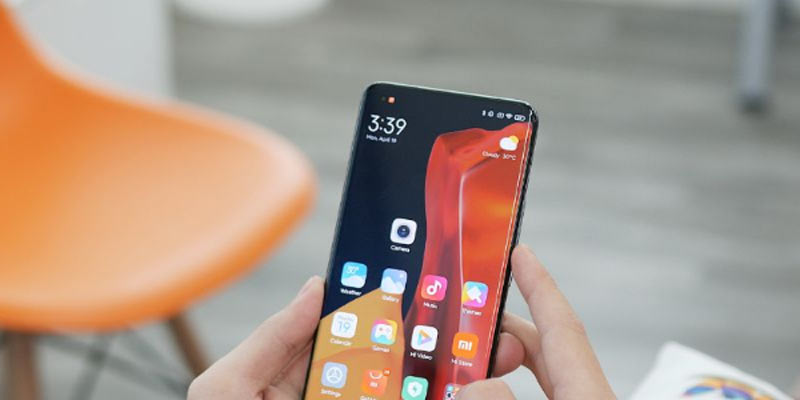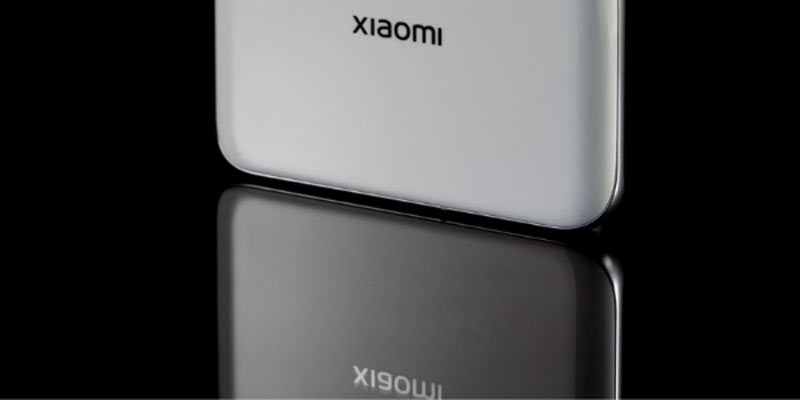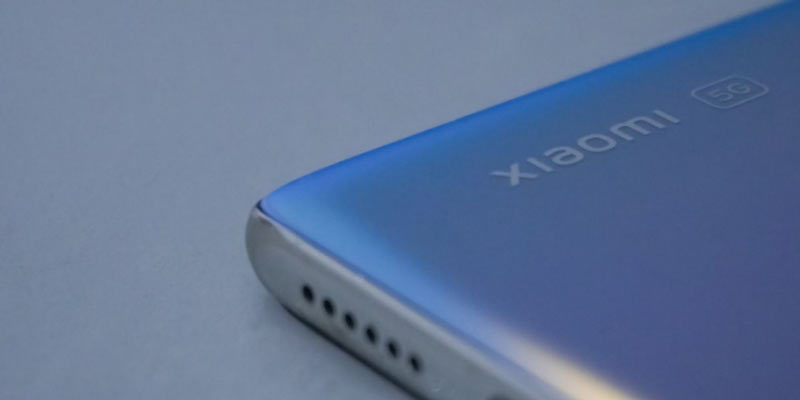Xiaomi, the tech giant, has officially introduced HyperOS, a groundbreaking operating system set to redefine user experiences across its device ecosystem. With a strategic rollout starting with the Xiaomi 14 series, HyperOS promises unparalleled efficiency, a compact footprint, and innovative features. But what is this new operating system, and what are its most commendable features?
In this article, we’ll delve into the key aspects of the Xiaomi HyperOS, its unique architecture, and the devices set to receive this transformative upgrade. Furthermore, you will also be instructed on how to manually download it if the update takes too long to arrive on your device.
What is HyperOS?
Xiaomi’s HyperOS, the latest operating system, makes its debut with the Xiaomi 14 series. HyperOS is based on a fusion of Linux and Xiaomi Vela, the company’s proprietary IoT software platform. It sets itself apart by boasting a significantly smaller firmware size than its predecessor, MIUI. The first HyperOS iteration measures around 8.75GB, starkly contrasting with MIUI 14’s 13.09GB footprint. The operating system is a product of a seven-year development cycle, focusing on creating a human-centric, smart ecosystem.
Architecture and Efficiency
HyperOS introduces a revamped architecture designed to enhance efficiency across devices, regardless of onboard RAM. The restructuring focuses on critical areas such as the file system, memory management, imaging subsystem, and networking system. The lightweight design of the OS not only improves the boot time but also optimizes hardware capabilities. The operating system is designed to promote cohesiveness and connectivity between all your Xiaomi devices, from your smartwatch to your Xiaomi tablet.
The core objectives of HyperOS include delivering peak performance and ensuring a consistent user experience. The operating system introduces enhanced lock screen customization and cross-device features to create a more intuitive and personalized user interface. In response to growing privacy concerns, HyperOS also significantly improves data security and user control. Additionally, Proactive Intelligence is a standout feature, offering users a more innovative, interconnected experience across human, car, and home environments.
Eligible Devices and Rollout
Xiaomi’s strategic rollout plan for HyperOS begins with higher-end phones, starting with the Xiaomi 14 series. The company aims to gradually replace MIUI on other devices, extending to the Redmi branding. The initial batch of devices set to receive the developer version upgrade to HyperOS in December includes a diverse range of models, such as,
- Redmi K50 Gaming Edition
- Xiaomi 12S Ultra
- Xiaomi 12S Pro
- Xiaomi 12S
- Xiaomi 12 Pro
- Xiaomi 12 Pro Dimensity Edition
- Xiaomi 12
- Xiaomi Pad 5 Pro 12.4
- Redmi K50 Ultra
- Redmi K50 Pro
- Redmi K50.
Users can anticipate an enhanced and transformative experience as HyperOS expands its reach across Xiaomi’s device ecosystem.

What are the features of Xiaomi’s new system HyperOS?
Despite being extremely new, the HyperOS boasts many innovative and exciting features that elevate the Xiaomi user experience. The most significant perks of the OS are,
Resource Management
One of HyperOS’s standout features is its robust resource management capabilities. It can accommodate varying device configurations with a supported RAM range of 64KB to 24GB. This versatility ensures optimal performance across a broad spectrum of devices. The operating system promises better network performance, enhanced multitasking, and features like the MiSans global font system tailored for a global user base.
Technical Advancements
HyperOS employs precise hardware scheduling, leveraging dynamic thread priority adjustment and dynamic task cycle evaluation. This technical prowess results in a more stable frame rate and reduced power consumption, which is particularly beneficial for running graphics-intensive games.
Unified System for Connected Devices
In its pursuit of becoming a unified system for connected devices, HyperOS introduces an integrated device center. This feature simplifies the control and monitoring of connected devices and facilitates seamless interactions. Users can now use their Xiaomi devices interconnectedly, such as effortlessly being able to,
- switch camera sources during video conferencing
- access car cameras from their phones
- use a smartphone’s rear camera while employing a tablet or laptop
- connect a tablet to the internet via a smartphone.
AI Integration with HyperMind
HyperOS harnesses the power of artificial intelligence with HyperMind, enabling connected devices to learn from usage patterns and habits. This learning process enhances user convenience, making interactions with devices more intuitive. Large foundation models for Xiaomi AI Assistant are incorporated, activating features such as text generation and real-time subtitles. The Mi Canvas app for Xiaomi tablets also introduces the AI Brush for professional-level enhancements to artwork.
Security and Privacy Measures
To fortify security and privacy, Xiaomi integrates a self-made TEE (Trusted Execution Environment) security model into HyperOS. This model ensures enhanced security features while end-to-end encryption is implemented for data transmission between devices. These measures emphasize Xiaomi’s commitment to providing users with a secure and private environment across their interconnected devices.
Increased Control over Software
Xiaomi’s HyperOS simplifies the user experience by allowing the easy uninstallation of pre-installed bloatware., ranging from Mi Video to the Security app, Gallery, and Games. This feature provides users with enhanced control over the apps on their devices, eliminating the need for complex procedures like ADB commands. While certain apps like the Mi Browser and GetApps remain non-uninstallable, the functionality streamlines the user’s device experience.

Lock Screen Customization
HyperOS introduces commendable lock screen customization, akin to Apple’s iOS 16 update. Users can personalize their lock screens by incorporating their own pictures with a Depth effect, choosing from various lock screen designs (Classic, Rhombus, Magazine), and adjusting text font and clock styles. The feature enhances user engagement and aesthetics, further complementing a customized Always-On Display (AOD).
Cleaner Control Center
The Control Center in HyperOS undergoes a cleaner redesign, reminiscent of iOS. Icon names are removed, providing a sleeker appearance, and icons can be accessed on the same page as quick settings, eliminating the need to swipe sideways. While this adjustment may require some adaptation, it contributes to a more streamlined and efficient user experience.
Enhanced Gallery App
HyperOS revamps the Gallery app, adding a Recommendations panel for features previously found in the three-dot vertical menu. Notably, a new Cutouts feature allows users to share cutouts from photos, facilitating easy sharing and creative possibilities. The redesigned app enhances accessibility, making features like Cutouts more user-friendly.
Dynamic Island-like Feature
- Aesthetic additions come in a Dynamic Island-like feature, triggered during actions such as
- turning on the hotspot
- charging the phone
- activating Battery Saver
- enabling Silent mode
While its utility is limited, the feature adds a cool aesthetic touch to HyperOS, aligning with Xiaomi’s minimalist and fluid design.
How to download and install?
It has already been established that HyperOS has many great features and is, therefore, a must-have for your Xiaomi device. But sometimes, the update might take longer than anticipated. Thus, you can download and install the HyperOS onto your Xiaomi device manually. This is a step-by-step guide on how to install the Xiaomi EU HyperOS ROM via TWRP Recovery.
STEP 1: Install Android SDK
Begin by installing the Android SDK Platform Tools on your PC, the official ADB and Fastboot binary provided by Google. Extract it to a convenient location, resulting in the platform-tools folder that will be utilized in the subsequent steps.
STEP 2: Enable USB Debugging and OEM Unlocking
To proceed with the task, you need to activate the USB Debugging and OEM Unlocking features on your device. USB Debugging facilitates device recognition in ADB mode, and OEM Unlocking is essential for bootloader unlocking. Access these options in Settings > About Phone > Build Number (tap seven times) > Settings > System > Advanced > Developer Options.
STEP 3: Unlock Bootloader on Xiaomi
Unlock the device’s bootloader. Remember that this process wipes data and may void the device’s warranty.
STEP 4: Download Xiaomi EU HyperOS ROM
Download the latest Xiaomi EU HyperOS ROM for your device. You can choose between HyperOS Weekly (updated weekly but less stable) and HyperOS Stable (monthly releases with better stability).
STEP 5: Boot to Fastboot Mode
Connect your device to the PC, ensuring USB Debugging is enabled. In the platform-tools folder, open CMD, type ‘adb reboot bootloader,’ and press Enter. Verify the Fastboot connection with ‘fastboot devices.’
STEP 6: Install TWRP Recovery
Install TWRP Recovery from the official site or a trusted source like XDA.
STEP 7: Perform a Factory Reset via TWRP
In TWRP, navigate to Wipe, tap Format Data, enter ‘Yes,’ and press Enter to perform a factory reset.
STEP 8: Transfer the ROM ZIP File to the Device via TWRP
After the format, transfer the Xiaomi EU HyperOS ROM to your device using USB OTG, MTP, ADB Push, or ADB Sideload.
STEP 9: Install Xiaomi EU HyperOS ROM via TWRP
In TWRP’s Install section, select the ROM ZIP file, perform a right swipe to flash it, and wait for the flashing process (5-10 minutes).To restart the device and access the operating system, Reboot>System.

Conclusion
Xiaomi’s custom operating system marks a significant leap in operating system technology. It promises users a more streamlined, secure, and interconnected experience across their devices. With a focus on efficiency, privacy, and innovative features, HyperOS is set to redefine the landscape of Xiaomi’s ecosystem.




